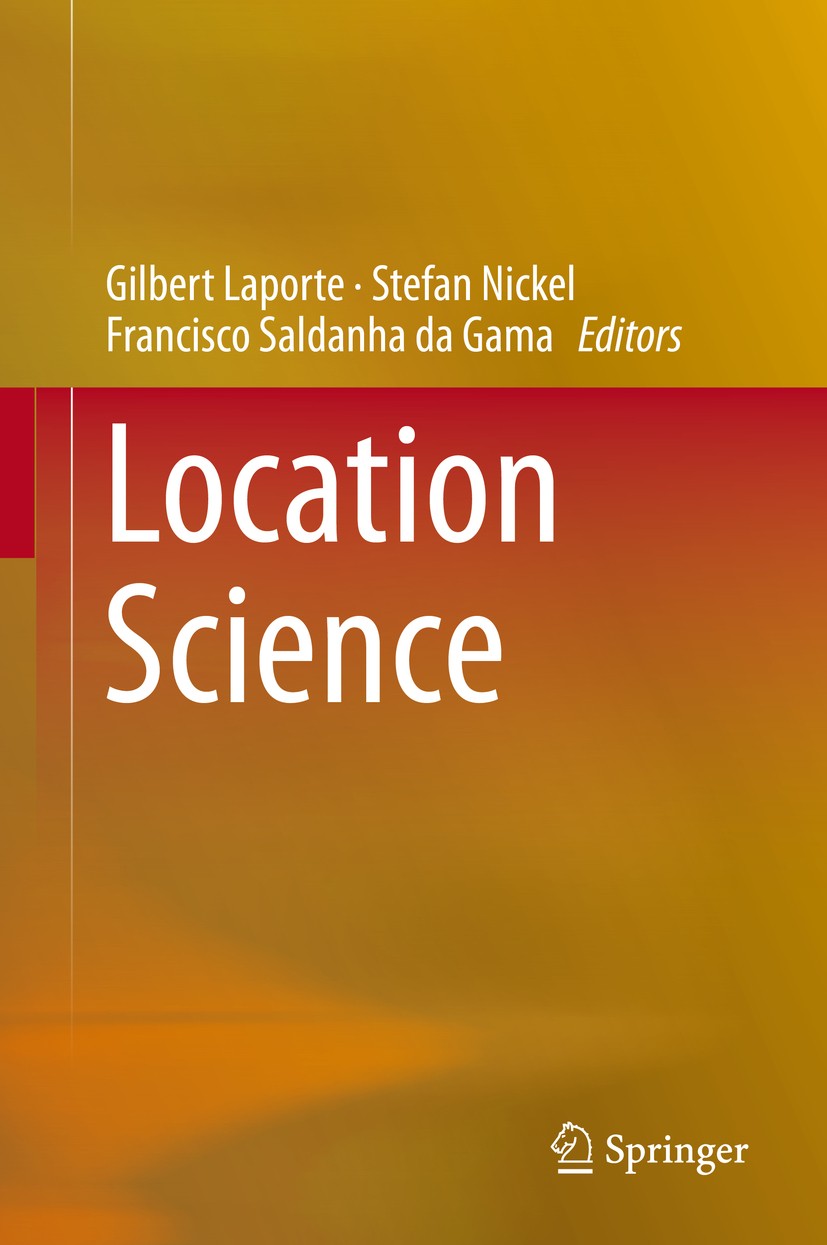| 书目名称 | Location Science | | 编辑 | Gilbert Laporte,Stefan Nickel,Francisco Saldanha d | | 视频video | http://file.papertrans.cn/588/587795/587795.mp4 | | 概述 | Provides an exhaustive coverage of location models.Gives an extended overview on how location theory interacts with many other areas.Best researchers in the field of location convened for this book to | | 图书封面 |  | | 描述 | .This comprehensive and clearly structured book presents essential information on modern Location Science. The book is divided into three parts: basic concepts, advanced concepts and applications. Written by the most respected specialists in the field and thoroughly reviewed by the editors, it first lays out the fundamental problems in Location Science and provides the reader with basic background information on location theory. Part II covers advanced models and concepts, broadening and expanding on the content presented in Part I. It provides the reader with important tools to help them understand and solve real-world location problems. Part III is dedicated to linking Location Science with other areas like GIS, telecommunications, healthcare, rapid transit networks, districting problems and disaster events, presenting a wide range of applications. This part enables the reader to understand the role of facility location in such areas, as well as to learn how to handle realistic location problems..The book is intended for researchers working on theory and applications involving location problems and models. It is also suitable as a textbook for graduate courses on facility locatio | | 出版日期 | Book 20151st edition | | 关键词 | Coverage; Distance Minimization; Location; Optimization; Spatial Planning | | 版次 | 1 | | doi | https://doi.org/10.1007/978-3-319-13111-5 | | isbn_softcover | 978-3-319-34290-0 | | isbn_ebook | 978-3-319-13111-5 | | copyright | Springer International Publishing Switzerland 2015 |
The information of publication is updating

|
|
 |Archiver|手机版|小黑屋|
派博传思国际
( 京公网安备110108008328)
GMT+8, 2025-12-18 12:35
|Archiver|手机版|小黑屋|
派博传思国际
( 京公网安备110108008328)
GMT+8, 2025-12-18 12:35


